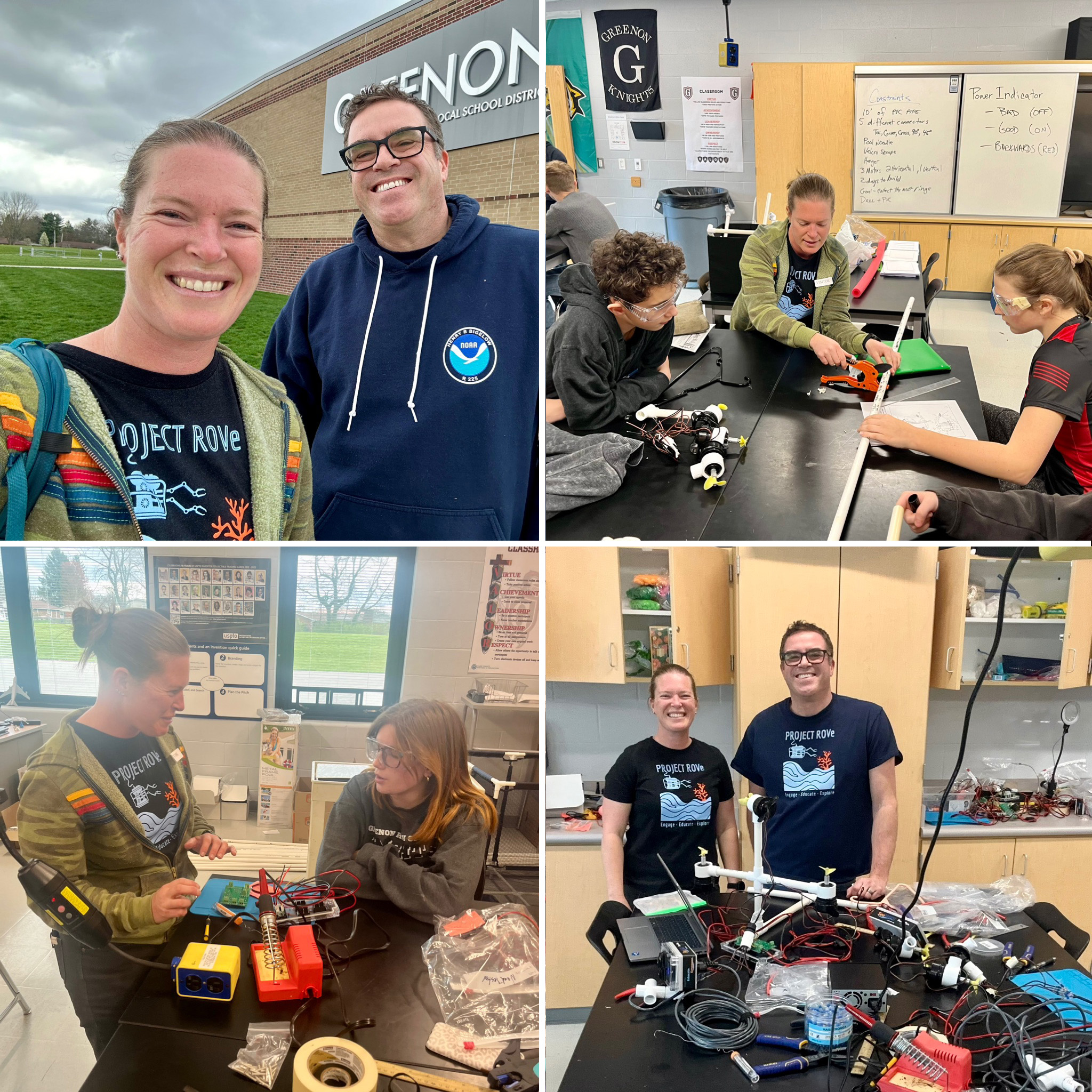
Empowering the Leaders of Tomorrow
By Andrea Schmuttermair, TASAA ROV Education Coordinator
You may have watched the second Project ROVe video, Engaging Learners, Creating Leaders, which highlighted 2018 TAS Alum Brandy Hill and her 6th grade students as they built ROVs in their science classroom in 2023. Brandy participated in the first Project ROVe cohort and received funds to support her project implementation from TASAA and the National Marine Sanctuary Foundation.
Another year and two cohorts of educators later, teachers continue to challenge their students with innovative and engaging projects developed through Project ROVe. I had the opportunity to visit some of these teachers in Spring 2024 to see their projects come to life in the classroom. While in the classroom, I witnessed the direct student impact that transdisciplinary projects, such as building ROVs, have on students.
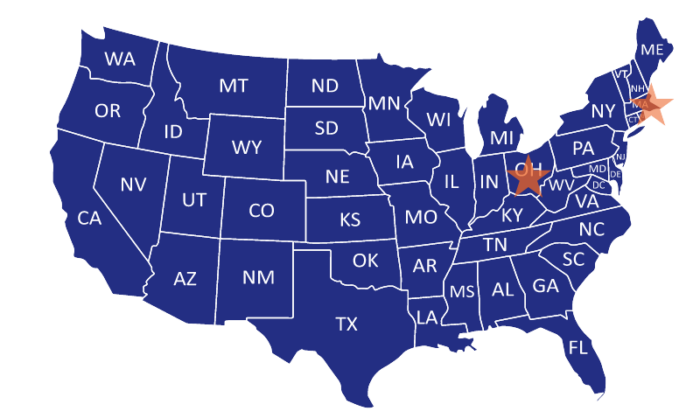
Brookline, MA: The Florida Ruffin Ridley School
The first stop was the home of MIT and Stellwagen Bank National Marine Sanctuary — Boston, MA. At The Florida Ruffin Ridley School in Brookline, MA, 7th grade math teacher Vickie Cavanaugh (TAS, 2018), and science teacher Adrienne Pascucci were leading 82 seventh grade students through building 20 MATE Angelfish ROVs. Not only were students building ROVs, but Vickie and Adrienne weaved this activity into a project-based unit, where students also learned about the UN’s Sustainable Development Goals and the effects of climate change in New England. The goal of the project was for students to think about how technology could be used to further efforts to understand climate change and their environment. In addition to building ROVs, they learned how to build and code simple sensors to collect temperature data.
The other special part of this project was involving additional marine science field experts, which included bringing in guest speaker Martin “Marty” Klein, the “Father of Side Scan Sonar”. Marty shared his experiences and work to create the first commercial side scan sonar, which you can see at the MIT Museum exhibit “Technology and the Sea”. Having a local expert connect with the students not only engaged the students more, but also brought in the real-world component of marine technology.
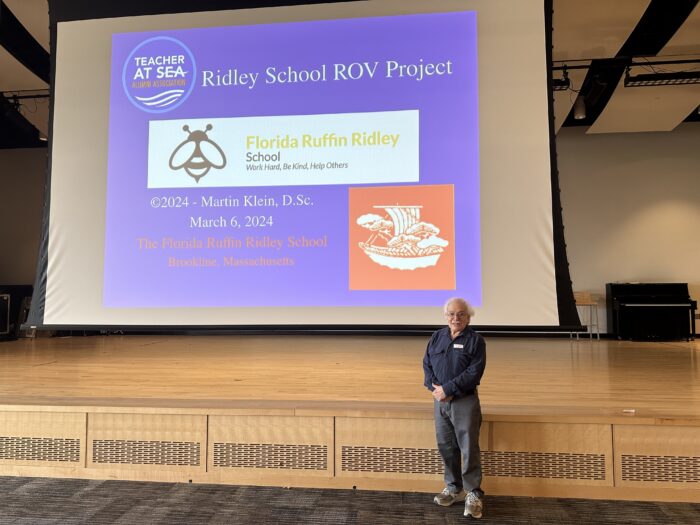
During the week I spent with Vickie and her students, we discussed ROV frame design and students learned how to connect their ROVs to a power source.
In addition to watching the students learn how to work together in teams and strengthen their collaboration skills, I really enjoyed teaching students how to use tools — PVC pipe cutters, heat guns, and drills — and watching them gain confidence in their use.
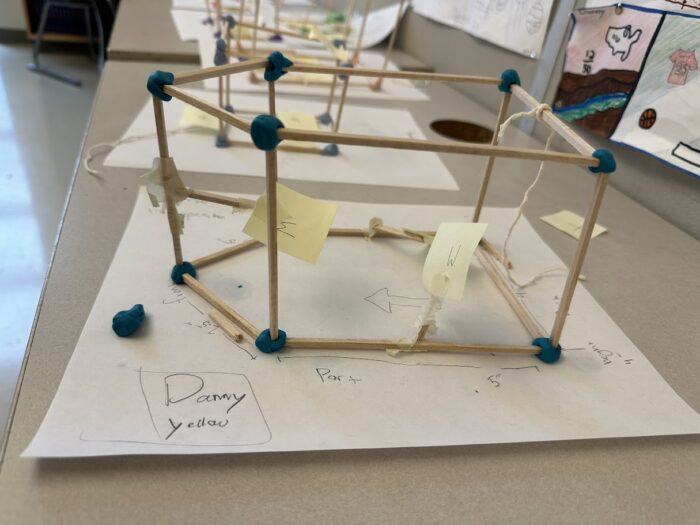
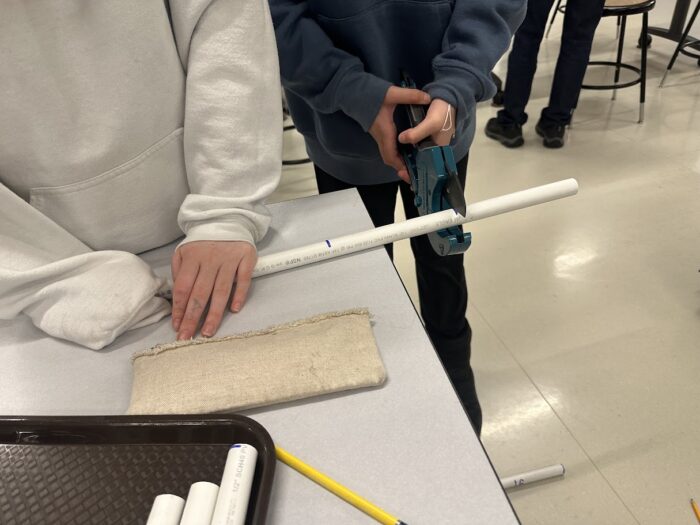
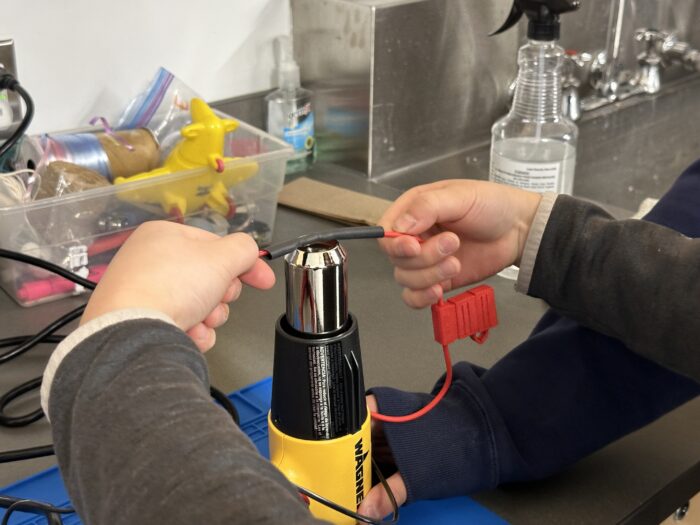
Vickie developed this project during Cohort 2 of Project ROVe and received funding from TASAA and the National Marine Sanctuary Foundation to support it.
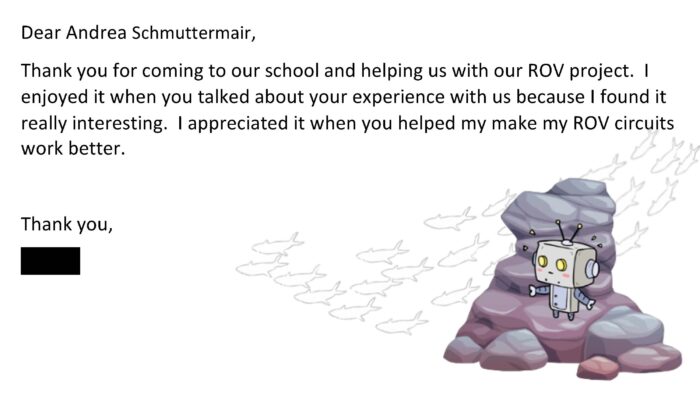
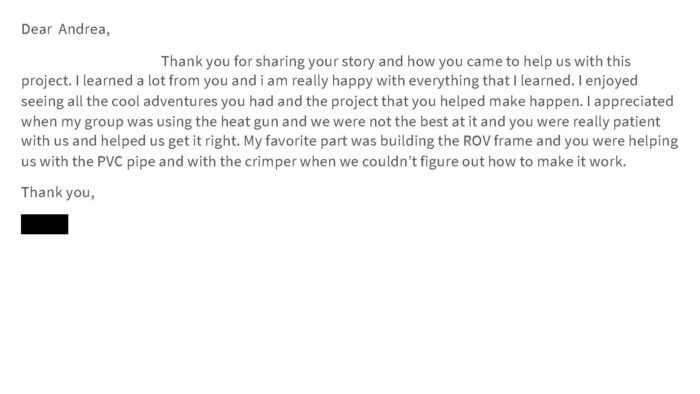
Enon, OH: Greenon Junior / Senior High School
Next stop — Enon, Ohio — a village West of Columbus and South of the Great Lakes. After participating in the first Project ROVe cohort, Tom Jenkins (TAS, 2018) brought ROV building to his 8th grade STEM classes, a required class for all 8th graders at Grennon Junior / Senior School. Prior to my arrival, Tom’s 118 students had been busy soldering the circuit boards for the MATE Pufferfish ROVs. During my time there, I helped troubleshoot circuit boards and began to work with students on ROV frame designs. The frame designs are one of my favorite parts of the build, because there are infinite design possibilities. This process also reveals the way the students are thinking and how comfortable they are in taking risks and exploring unconventional ideas.
“What do you think is helpful about this frame shape? Why do you think that? What other designs have you tried?” These were just a few of the questions I posed as I walked around checking out various frame designs students were trying. They ranged from a typical cube shape to more unique designs such as prisms. Students tapped into their experience in aeronautics, using shapes of airplanes as inspiration for what would fly well underwater. As I was walking from team to team, it was clear that Tom’s engineering classroom is a place where students feel safe to fail and empowered to explore possibilities.
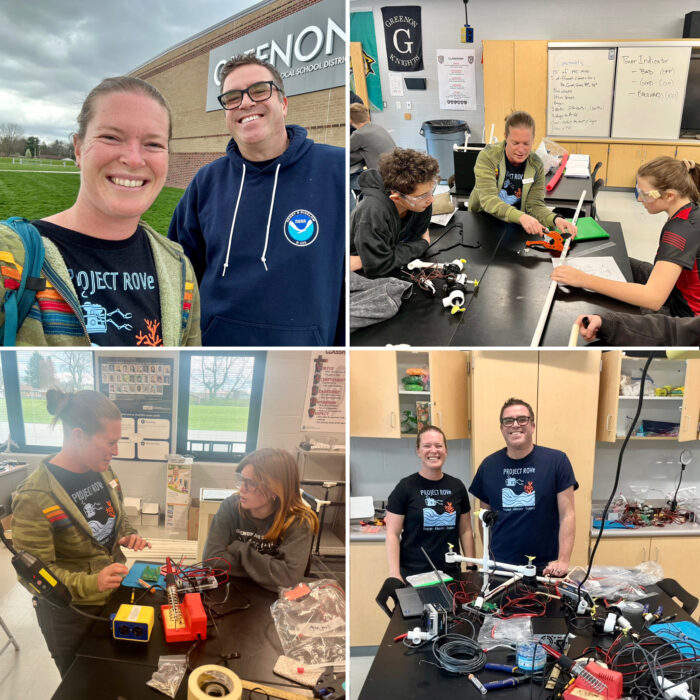
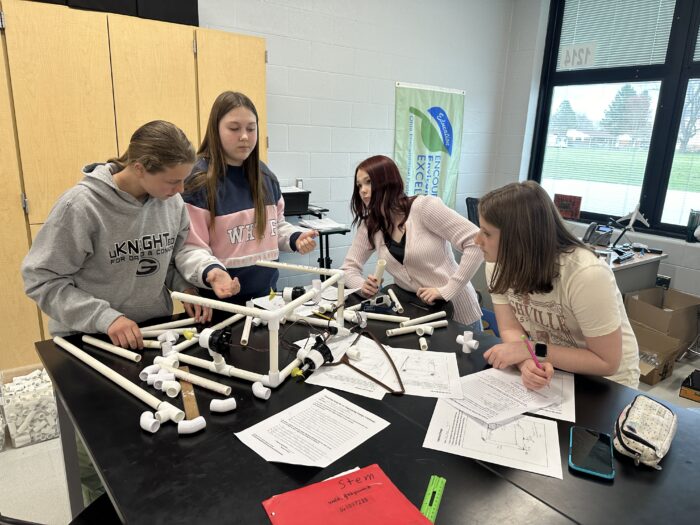
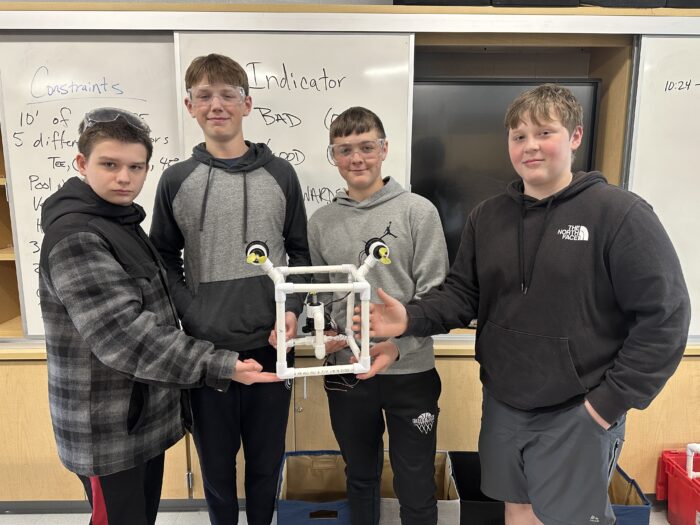
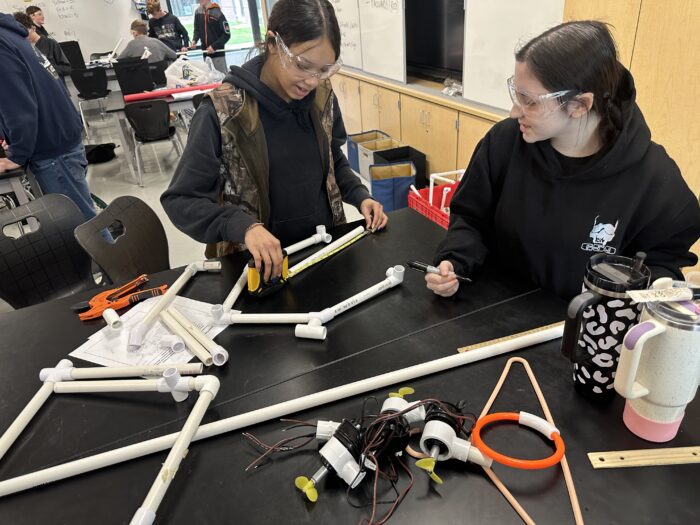
Tom developed his proposal during the Project ROVe Design and Build course and received an Ocean Odyssey Grant for project supplies.
Tom and Vickie conducted a post-project survey with their students. Below are highlights from the student survey responses:
Our biggest takeaways…
- Problem solving by working together, learned how to work with people better, how to communicate (these were in several responses)
- Helping teammates and overcoming challenges
- You have to communicate with your team
- Going through the design process by building and rebuilding- we tried many different ideas and prototypes
- Have patience
The most fun we had…
- Learning how to solder
- Working with “real tools” was fun
- Doing things we’ve never done before, like cutting PVC and soldering
- Problem solving and finding creative solutions
This ties to my career path because…
- Soldering will help me with pursuing a career in welding
- “Problem solving, teamwork, and communication are in most careers.”
Photo credits: Ryan Hawk, Project ROVe, Vickie Cavanaugh, Andrea Schmuttermair, Tom Jenkins
